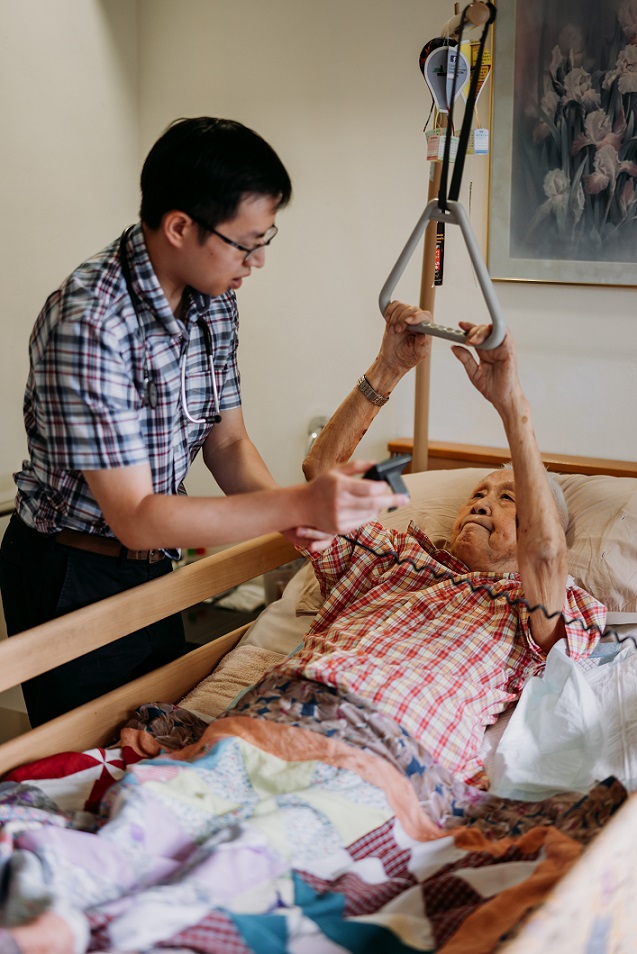
Close


1. What is the future of hospice care in Singapore?
Hospice care will likely be in great demand in the years to come, in view of the ageing population. With increased awareness of palliative/hospice care, it will be considered good care – or standard of care – at the end of life, not just for patients with advanced cancer but also those with non-cancer, life-limiting conditions.
2. What are the greatest gaps and challenges in hospice care presently?
Some of the gaps and challenges, in my opinion, are:
Lack of referrals for patients with non-cancer conditions
Patients with non-cancer conditions or those who are cared for in the private hospitals may not receive hospice care because they are not referred. This could be a result of a lack of awareness among the clinicians.
Silo care: A need for greater integration
The transition of patients across different care settings (e.g. acute hospital to home) is not as seamless as it should be. Improved communication between the staff of different organisations will enable important information to be passed on from one service to another. Presently, there is no common electronic medical record system/platform that can be accessed/co-shared by both the acute setting and Intermediate and Long-Term Care (ILTC) sector.
Erroneous perceptions of hospice care
There are members of the public – and even some clinicians – that equate hospice care with “giving up” and hopelessness and this results in mistrust and sometimes rejection by patients and families.
Garnering support from volunteers
Building a dedicated and adequate pool of volunteers will help to more efficiently drive various aspects of hospice care services, without incurring great monetary costs.
3.What else can be done to ensure everyone has access to hospice care in times of need?
It is important to improve overall awareness and correct misconceptions among the public as well as healthcare providers. Enhancing the capacity and capabilities of hospices is crucial as well. This is achievable by increasing opportunities for staff learning and development and making efforts to improve the image and career prospects of hospice care providers.
Lastly, the topic of affordability is at the forefront of this discussion. Charges for inpatient hospices (which are not covered by basic health insurance plans) can be prohibitive for those who do not qualify for subsidies after means testing. Ensuring that hospice care is affordable to everyone is key to improving access in times of need.
4. How does home hospice care bring comfort to patients and their loved ones?
Home hospice care allows patients to remain at home – if that is their preferred choice – even as they deteriorate, through holistic support from a multi-disciplinary team, providing support with symptom relief, crisis intervention and psycho-emotional and spiritual issues.
5. What role can technology play in enhancing the delivery of hospice care?
Technology can help with the following:
Symptom Management and Communication
Videos and photos can be sent through applications such as WhatsApp and TigerText[2], to seek advice from hospice staff, even if the families are overseas.
Training and Education
Developing applications for caregiver training and education enables caregivers to learn new skills and glean pertinent information remotely.
Care Delivery
Home monitoring devices help to transmit real-time information/data of patients, such as breathing rate and patter, which assists hospice staff in monitoring patients.
[1] Dr Wu Huei Yaw was the Acting Medical Director of HCA Hospice from February 2019 to April 2019.
[2] TigerText is an integrated communication and collaboration platform widely used in healthcare.